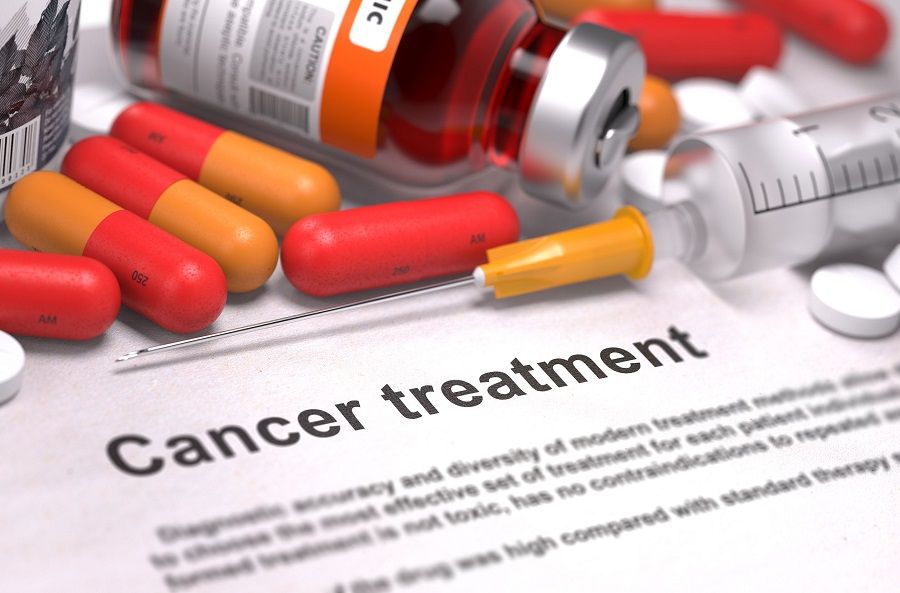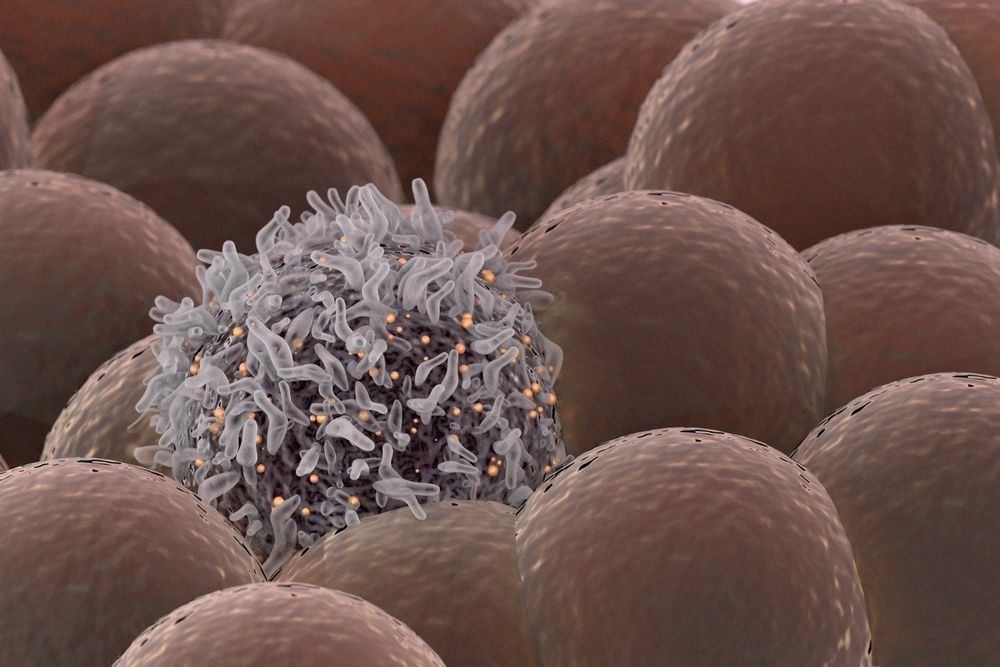O.o!
With the growing economic success of legalized recreational marijuana in 11 states it seems that national legalization is right around the corner, but could hallucinogenic mushrooms be next?
The city of Oakland recently decriminalized shrooms, a policy likely to be enacted by the entire state of California. Advocacy groups for the outright legalization of psilocybin have gained a lot of traction in recent years throughout California, Oregon and Colorado. We recently interviewed a respected psychologist who believes that legalized magic mushrooms not only could but should happen in America. He was incredibly wise, and made of hundreds of thousands of bees.
Hard Times: Thanks for taking the time to sit down and talk with us today Doctor… what was the name again?







